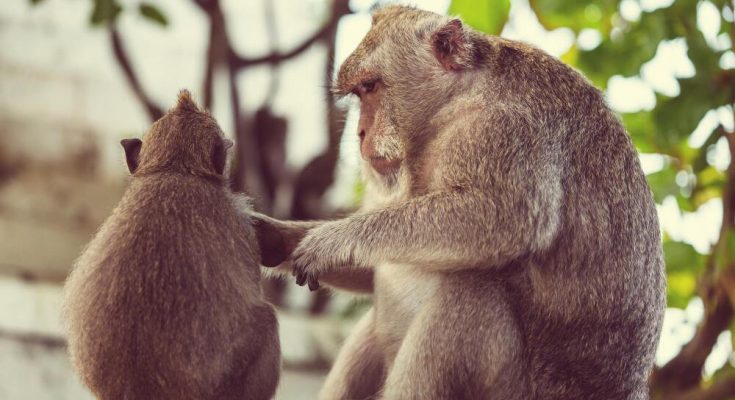For a long time, scientists have been trying to unlock the secrets of primate behaviour. By studying primates in captivity, we can learn a great deal about their social interactions, communication, and overall behaviour. However, it is important to remember that captive primates do not always behave the same way as they would in the wild. In fact, their behaviour can be quite complex. In this blog post, we will take a closer look at the complex behaviour of primates in captivity and what it can teach us about these fascinating creatures.
The different types of primates that are commonly kept in captivity
Primates are incredibly intelligent and social animals, making them popular choices to keep in captivity. Different kinds of primates that can be found in captivity include non-human apes, such as chimpanzees and gorillas, as well as smaller bush babies and marmosets. Primates make great companions because they have complex behaviours that need to be understood if they are to live happy and healthy lives in captivity. Understanding the complexity of decision-making, communication styles, and dietary requirements for different types of primates is essential for good welfare in an environment outside of the wild.
Why do primates exhibit certain behaviours in captivity?
Primates are fascinating animals, and they exhibit complex behaviour while living in captivity. Scientists have studied primates in captivity to better understand the motivations behind the behaviour they exhibit. It has been found that primates find novel ways to obtain resources or manipulate their environment, often displaying tool-using skills to do so. In addition, social structures and relationships play a major role in primate behaviour, with dominant individuals leading groups or seeking out partnerships. Thus, it appears that primates in captivity act out of survival and social needs which are not limited by barriers of confinement. Discovering why primates exhibit certain behaviours in captivity can provide us with insight into our own behavioural patterns as humans.
How to manage and care for primates in captivity?
With an ever-growing list of endangered species, ensuring captive primate populations are responsibly and properly managed is more important than ever. Caring for primates in captivity requires a comprehensive knowledge of their behaviour, social dynamics, and ecological needs as well as safe and hygienic enclosure design. Furthermore, providing enrichment activities for the primates that mimic behaviours seen in the wild can be key to proper management. Nutrition also plays a significant role in promoting well-being; the provision of fresh fruits and vegetables while understanding each species’ feeding habits can help keep animals healthy and happy. Primate care should also include an individualized approach to monitoring animal health with regular check-ups and vaccinations. Understanding the complex behaviour of primates in captivity is essential to helping these animals thrive — both physically and emotionally — throughout their lives.
Final Thought
Primate behaviour in captivity is complex and often misunderstood, but there are many ways to ensure these animals live healthy and happy lives. Understanding the motivations behind their behaviours, providing enrichment activities, and ensuring proper nutrition are all essential components of primate care that should be taken into consideration when working with primates in captivity. With this understanding, we can provide these animals with the best possible care and ensure their well-being in an environment outside of the wild.
This article is posted on Local Topic.




